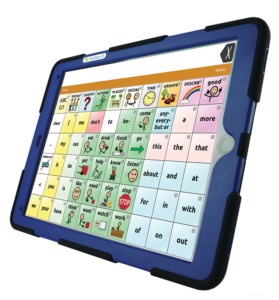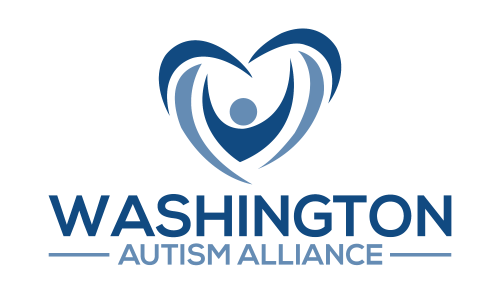Parents are often frustrated when they feel their student’s school does not provide any access, or only limited access, to AAC (Augmentative and Alternative Communication) devices that can help their students communicate with peers and staff. Students who have disabilities with impaired verbal communication often require the use of assistive technology devices, such as AAC, or other interventions, to help them communicate at school. Effective communication is essential in order to access education and interact socially with others, but sometimes students are not provided access to assistive technology, or other methods, while at school, to help them communicate.

AAC (Augmentative and Alternative Communication) devices
An assistive technology device is used to increase, maintain, or improve the functional capabilities of a student eligible for special education. When necessary in order to provide a FAPE, a school will assist a special education student in the selection, acquisition, and use of an assistive technology device. WAC 392-172A-01030. Types of assistive technology used to help a student communicate include picture boards or cards, pointing devices, dedicated electronic devices, apps on mobile devices, etc. The Office of Superintendent of Public Instruction (OSPI) does not have any specific standards or requirements for the use of assistive technology devices such as AAC. The use of assistive technology, or other interventions, to support a student with a disability at school should be determined by the student’s IEP team in order to meet the student’s individual educational needs. WAC 392-172A-03090. A parent is a member of the IEP team responsible for making this determination. WAC 392-172A-03095.
In the OSPI’s special education resource library, the only resources related to assistive technology are the Washington Assistive Technology Act Program (WATAP) and the Special Education Technology Center. WATAP has information about using assistive technology to aid individuals with disabilities, including one page specific to communication. The Special Education Technology Center is a resource dedicated to assisting schools with meeting the needs of students with disabilities who need assistive technology; providing consultations, resources, and a free lending library from which state educators can borrow.
On November 12, 2014, the U.S. Dept. of Justice and the U.S. Dept. of Education issued a joint Dear Colleague Letter regarding effective communication for students with disabilities in public schools. This letter states that “students with disabilities, like all students, must be provided the opportunity to fully participate in our public schools,” and that “a critical aspect of participation is communication with others.” It makes clear that “public schools must apply both the IDEA analysis and Title II effective communication analysis in determining how to meet the communication needs of an IDEA‐eligible student with a hearing, vision, or speech disability.” It also states that “in some instances, in order to comply with Title II, a school may have to provide the student with auxiliary aids or services that are not required under the IDEA. When the letter refers to “Title II” this is referencing Title II of the Americans with Disabilities Act (ADA). There is an accompanying document to this Dear Colleague Letter titled Frequently Asked Questions on Effective Communication for Students with Hearing, Vision, or Speech Disabilities in Public Elementary and Secondary Schools that further explains the responsibility of public schools to ensure that communication with students with hearing, vision, or speech disabilities “is as effective as communication with students without disabilities.” This document breaks down the requirements under the IDEA, Title II of the Americans with Disabilities Act, and Section 504 of the Rehabilitation Act.
Getting familiar with these resources and sharing them with the IEP team may help a parent advocate more effectively for communication supports in their student’s IEP.
Author: Amy Schley

